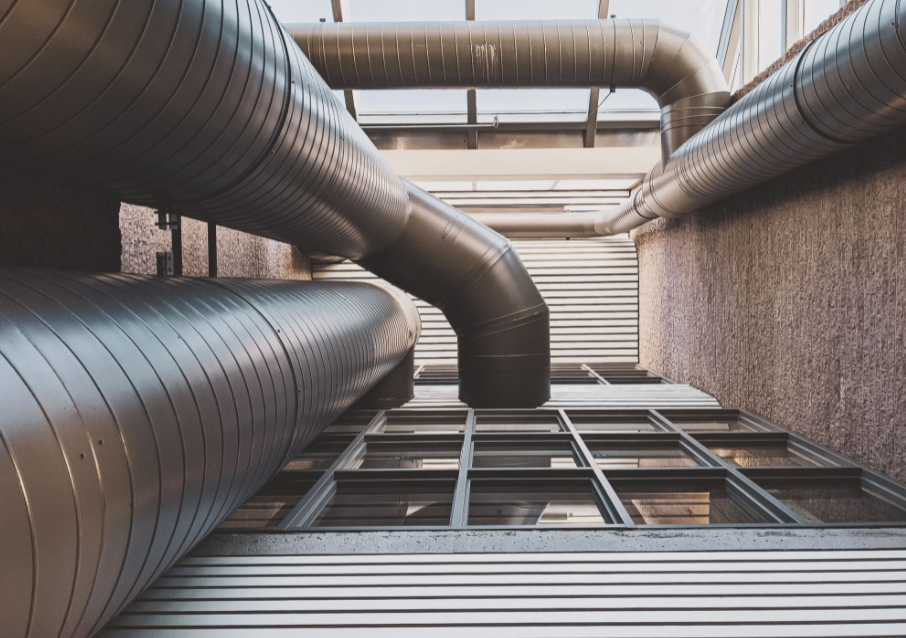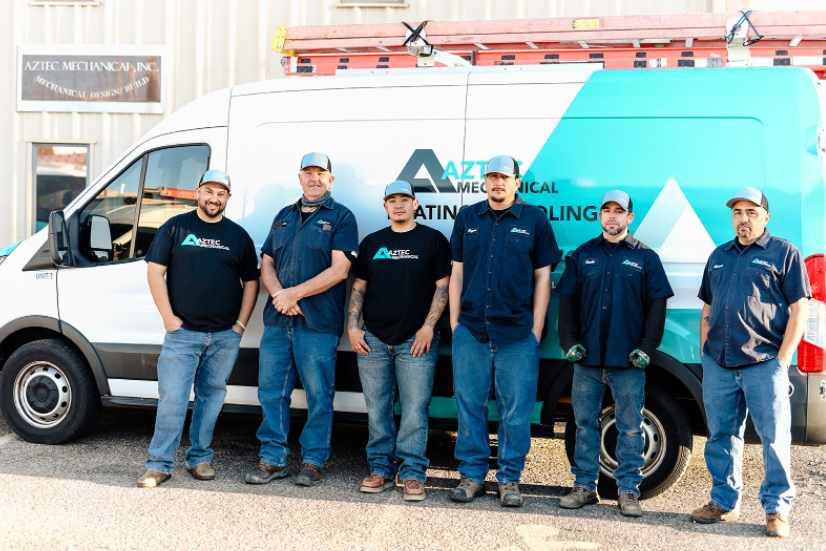Hot air balloons and roasting green chile aren’t the only fall traditions in New Mexico. The changing of the seasons also means cranking on the heater. Many of us know the feeling of comfort — and gratitude — when we hear our heaters turn on during chilly fall nights. What goes into making your home cozy? Read on to discover how a heating system works — and how it can go wrong.
Fueling Your Heater
Heating systems have three basic components: a source of warm air, a means of distribution, and a means of control used to regulate the system (in other words, a thermostat). Home heating systems differ in their fuel types. They may use heating oil, propane, electricity, or natural gas.
When your furnace turns on, it combusts its fuel source. As the fuel burns, it produces heat. This heat is then channeled into your home through ducts, pipes, or wires and is blown through registers, radiators, or heating panels. This process sounds simple, but it can become dangerous. When the fuel burns, it can release carbon monoxide. This poisonous, colorless, odorless, and tasteless gas can leak into your home. Carbon monoxide is harmful because it reduces the oxygen to your vital organs, which can cause you to lose consciousness and suffocate to death. Having a carbon monoxide detector in your home can help alert you to this potential danger, but it’s alarming beep means the gas is already in your home. Aztec Mechanical’s regular heating service includes checking your furnace for carbon monoxide emissions. If we detect the gas, we can repair your unit so it doesn’t become a deadly hazard to your family.
Distributing Warm Air

Once the air is warm, it enters your home through one of three ways: a forced-air system, a gravity system, or radiant heat. A forced-air system employs a blower to push the air through your home through a series of ducts — in a central air conditioning system, these are the same pathways cool air follows when your air conditioning is used. Here too, problems can arise. Blower malfunctions can cause it to be noisy or function inefficiently, which adds to the cost of fueling the furnace. Aztec Mechanical can evaluate your heating system from end to end and repair any blower problems.
In the less common gravity systems, the furnace sits near or below the floor. When it emits warm air through ducts to registers, warm air rises and flows throughout the house. When air cools, it flows through return air ducts to the furnace to be reheated.
Radiant heating systems may stand alone or be paired with other systems, such as a forced-air system. Radiant heating systems depend on hot water, which is warmed then pumped through pipes to heat a surface, such as walls, radiators, or floors. (Warm bathroom floors during the winter are a treat!) Because they rely on water flowing through pipes, the pipes can be clogged with mineral deposits over time. The boiler that heats the water can also malfunction. Aztec Mechanical’s preventative check-ups can help maintain these systems.
Regulating Temperature
Your thermostat is mission control for the heating system. It turns the heater on and off to maintain a set point. A broken or faulty thermostat can spell problems for your heating bill. It can force your system to turn on and off more than necessary leading to inefficiency and a rising energy costs. If your thermostat is calibrated inaccurately, your system will heat lower or higher than you may expect leading to discomfort and wastefulness. To prevent this, Aztec Mechanical includes thermostat checks and calibration as part of a seasonal evaluation.
Overall, understanding how your heating system works — and its failure points — can help you make sure it’s functioning well. Of course, the best way to get the most out of your system is to book a professional consultation.
How Aztec Mechanical Can Help
As full-service HVAC experts for home and commercial properties, Aztec Mechanical can ensure your heating system is working safely and efficiently. Contact us to get started today.


